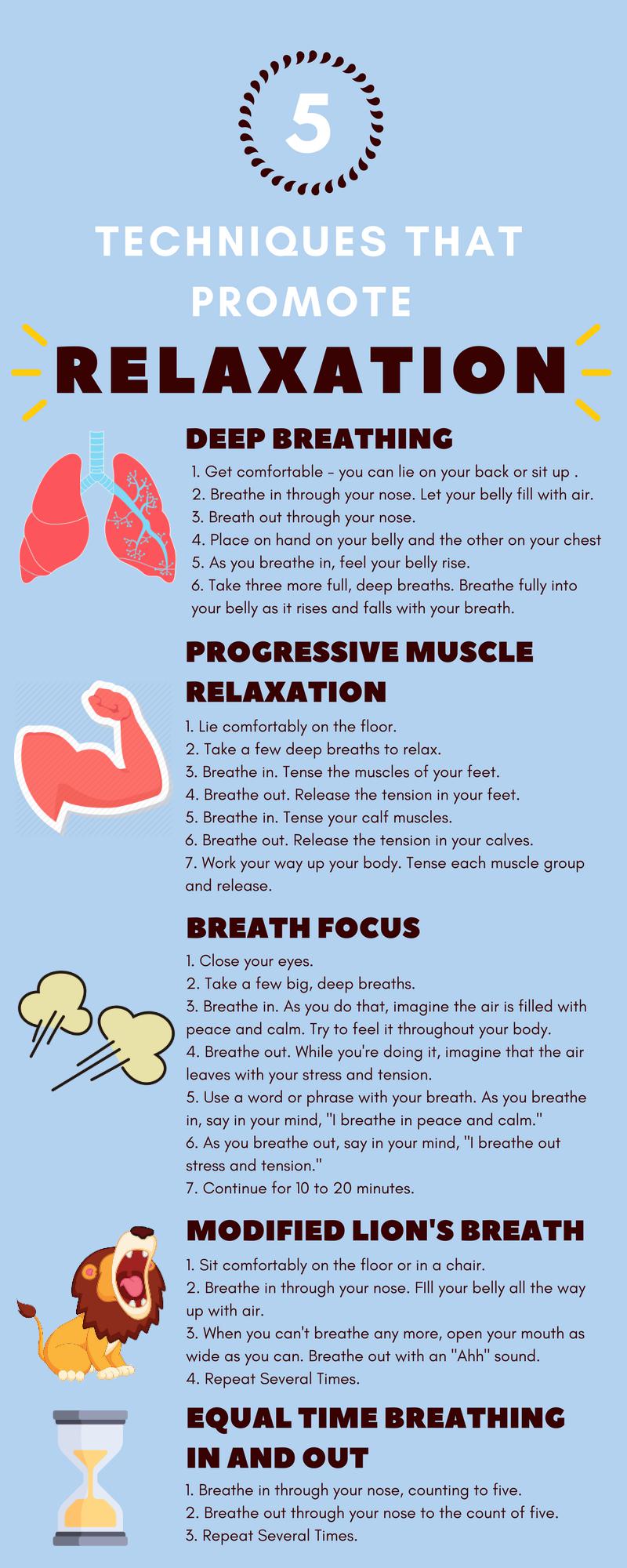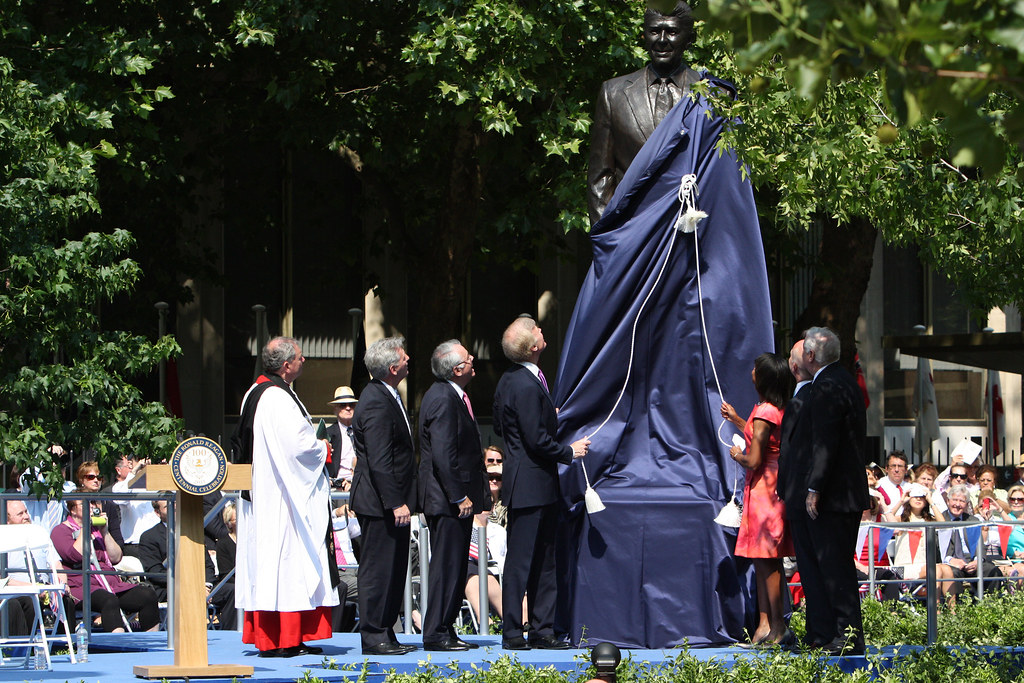Welcome to our blog post on “Discovering the Art of Mindfulness: A Journey to Inner Peace”! In this video, we dive into the captivating world of mindfulness and uncover the secrets to finding inner peace. Join us on a transformative journey, as we explore the profound impact this ancient practice can have on our lives. Brace yourself for a mesmerizing exploration of mindfulness, as we unveil its remarkable benefits and show you how to incorporate it into your daily routine. Get ready to embrace tranquility, as we embark on this adventure together. So, grab a cozy seat, a warm cup of tea, and let’s immerse ourselves in the art of mindfulness.
Table of Contents
- 1. Exploring the Concept of Mindfulness: Understanding its Benefits and Importance
- 2. Techniques and Strategies to Cultivate Mindfulness in Everyday Life
- 3. Unveiling the Path to Inner Peace: How Mindfulness Can Transform Your Well-being
- 4. Practical Steps to Incorporate Mindfulness into Your Daily Routine for Long-lasting Results
- Q&A
- In Summary
1. Exploring the Concept of Mindfulness: Understanding its Benefits and Importance

In today’s fast-paced world, the concept of mindfulness has gained significant attention and recognition. Mindfulness can be described as the practice of intentionally focusing our attention on the present moment, without judgment. It involves being fully aware of our thoughts, feelings, and sensations as they arise, and accepting them without trying to change or resist them.
One of the key benefits of mindfulness is its ability to reduce stress and promote overall well-being. By cultivating a sense of awareness and grounding ourselves in the present moment, mindfulness allows us to better cope with the challenges and pressures of daily life. Research has shown that regular practice of mindfulness techniques can lower levels of stress hormones such as cortisol, improve emotional regulation, and enhance resilience in the face of adversity.
Moreover, mindfulness has been found to enhance cognitive processes, including attention, memory, and decision-making. By training our minds to stay focused on the present moment, we can improve our ability to concentrate and stay engaged in tasks. This can be particularly beneficial in our age of constant distractions and multitasking. Furthermore, studies have shown that individuals who practice mindfulness exhibit increased creativity and problem-solving skills.
Not only does mindfulness have profound effects on our mental well-being, but it also has tremendous benefits for our physical health. Regular mindfulness practice has been associated with reduced blood pressure and improved immune function. Additionally, studies have suggested that mindfulness can aid in pain management by altering our perception and relationship with pain.
Incorporating mindfulness practices into our daily lives can significantly contribute to our overall happiness and quality of life. It can improve our relationships with ourselves and others, increase our self-compassion and empathy, and allow us to fully appreciate the beauty in every moment. Whether it’s through meditation, deep breathing exercises, or simply being fully present during everyday activities, mindfulness gives us the opportunity to embrace the present and cultivate a sense of inner peace and contentment.
2. Techniques and Strategies to Cultivate Mindfulness in Everyday Life

Are you ready to bring a sense of mindfulness into your daily life? Here are some powerful techniques and strategies that you can incorporate into your everyday routine:
1. Mindful Breathing
The foundation of mindfulness lies in the breath. Take a few moments throughout your day to bring your attention to your breath. Breathe in deeply, feeling the air fill your lungs, and then exhale slowly, allowing any tension to melt away. If your mind starts to wander, gently bring your focus back to your breath. By practicing mindful breathing, you can center yourself and bring a sense of calm and clarity into your day.
2. Engage your Senses
Life is full of vibrant experiences just waiting to be noticed. Take a moment to engage your senses fully. Look around and appreciate the colors, shapes, and textures of your surroundings. Notice the sounds in your environment, whether it’s the rustling of leaves or the chirping of birds. Allow yourself to fully experience the tastes and smells of your meals. When you engage your senses mindfully, you become more present and aware of the beauty that surrounds you.
3. Practice Gratitude
Gratitude is a powerful tool for cultivating mindfulness. At the end of each day, take a few minutes to reflect on the things you are grateful for. Write them down in a gratitude journal or simply reflect on them in your mind. By focusing on the positive aspects of your day, you shift your mindset towards appreciation and abundance. This practice can help you cultivate a sense of mindfulness and contentment in your everyday life.
4. Mindful Listening
In our fast-paced world, we often forget to truly listen to others. The next time you find yourself in a conversation, practice mindful listening. Instead of planning your response or getting lost in your own thoughts, give your full attention to the person speaking. Maintain eye contact, nod, and show genuine interest in what they have to say. By listening mindfully, you not only improve your connection with others but also become more present in the moment.
By incorporating these techniques and strategies into your daily routine, you can cultivate mindfulness and bring a greater sense of peace and clarity into your everyday life. Remember, mindfulness is not about perfection but rather about being aware and fully present in each moment. Embrace the practice and watch as it transforms your life for the better.
3. Unveiling the Path to Inner Peace: How Mindfulness Can Transform Your Well-being

Welcome to this transformative journey towards inner peace through mindfulness. In this post, we will explore the incredible power of mindfulness in enhancing your overall well-being. Let’s delve into the profound benefits it can bring to your life.
Awareness of the Present Moment
Mindfulness invites us to be fully engaged and present in the here and now. By redirecting our attention away from distractions and focusing on the present moment, we create space for reflection and self-discovery. This heightened awareness allows us to appreciate the beauty in the simplest of things, fostering a sense of gratitude and contentment.
- Mindfulness cultivates a deep connection with ourselves, enabling us to understand our emotions, thoughts, and physical sensations with clarity.
- It allows us to recognize and detach from negative thought patterns, reducing stress and anxiety.
- Through mindfulness, we learn to respond rather than react impulsively, promoting healthier relationships and better decision-making.
Transformation through Self-Compassion
As we practice mindfulness, we also cultivate self-compassion, treating ourselves with kindness, empathy, and acceptance. This nurturing attitude opens the door to personal growth and self-love, leading to profound transformation in our well-being.
By acknowledging our weaknesses and imperfections without judgment, we foster a greater sense of self-worth and inner harmony. Through this process, we gradually release self-criticism and embrace a more compassionate relationship with ourselves and others.
Mindfulness in Daily Life
Mindfulness is not limited to meditation practice but extends into our everyday lives. By infusing mindfulness into our daily routines, we create a holistic approach to well-being that can positively shape our entire existence.
- Through conscious breathing and grounding exercises, we anchor ourselves in the present moment, reducing stress and promoting mental clarity.
- We develop a heightened sense of awareness in our interactions, deepening connections and fostering empathy towards others.
- By savoring the present moment, we find joy in the small things, enhancing our overall well-being and fulfillment.
Remember, the path to inner peace requires commitment and practice. Embrace mindfulness as a tool to transform your well-being and experience the incredible benefits it brings. Start your journey today and discover the profound impact of mindfulness on your life.
4. Practical Steps to Incorporate Mindfulness into Your Daily Routine for Long-lasting Results

Mindfulness is a powerful tool that can greatly improve our overall well-being. It allows us to be fully present, cultivate self-awareness, and reduce stress in our daily lives. If you are looking to incorporate mindfulness into your daily routine for long-lasting results, here are some practical steps to help you get started:
1. Start with a Morning Routine
Begin your day by setting aside a few moments of mindfulness. Whether it’s through meditation, gentle stretching, or simply taking deep breaths, this dedicated time for yourself will set a positive tone for the rest of the day. Focus on your intentions, express gratitude, and visualize a successful day ahead.
2. Practice Mindful Eating
Instead of mindlessly consuming your meals, bring awareness to each bite. Pay attention to the flavors, textures, and smells of your food. Chew slowly and savor every bite. By eating mindfully, you not only enhance your digestion but also cultivate a deeper connection with your body and the nourishment it receives.
3. Take Mindful Breaks
Incorporate short moments of mindfulness throughout your day. Whether it’s in the form of a five-minute guided meditation, a quick walk in nature, or simply closing your eyes and taking a few deep breaths, these breaks will re-energize your mind and enhance your overall focus and productivity.
4. Embrace Mindful Movement
Engaging in physical activities with mindfulness can be a powerful way to connect your body and mind. Whether it’s practicing yoga, going for a mindful walk, or enjoying a mindful workout, pay attention to the sensations, movement, and breath within your body. This will not only improve your physical health but also create a sense of peace and harmony within.
5. Cultivate Mindful Moments Before Bed
End each day on a positive note by incorporating mindfulness into your bedtime routine. Set aside time to reflect on the day, express gratitude for the positive moments, and let go of any negative thoughts or tension. Engage in a relaxing activity such as reading, journaling, or practicing a mindfulness meditation to help calm your mind and prepare you for a restful night’s sleep.
Q&A
Q: What is the YouTube video “Discovering the Art of Mindfulness: A Journey to Inner Peace” about?
A: This insightful video explores the concept of mindfulness and its transformative power on our inner peace and wellbeing.
Q: Who is the target audience for this video?
A: This video is for anyone interested in exploring mindfulness and seeking inner peace. Whether you are completely new to the concept or have some prior knowledge, this video offers valuable insights for all.
Q: What is mindfulness?
A: Mindfulness is the practice of being fully present and aware in the present moment, without judgment. It entails paying attention to our thoughts, feelings, bodily sensations, and the environment around us, cultivating a sense of presence and acceptance.
Q: How can mindfulness contribute to our inner peace?
A: Mindfulness allows us to observe our thoughts and emotions without getting entangled in them. By developing this awareness, we can better understand ourselves, reduce stress, improve focus, and cultivate a sense of calm and balance.
Q: What are some practical ways to incorporate mindfulness into daily life?
A: Mindfulness can be practiced in various ways, such as mindful breathing exercises, body scans, or simply paying attention to everyday activities like eating or walking. By anchoring ourselves in the present moment, we can cultivate mindfulness in our daily routines.
Q: Can mindfulness be beneficial in managing stress?
A: Absolutely! Mindfulness has proven to be effective in reducing stress levels. By fostering an awareness of our thoughts and emotions, we can respond to stressful situations with greater clarity and composure, thus promoting overall wellbeing.
Q: Is mindfulness related to any specific religion or spirituality?
A: Though mindfulness is often associated with Buddhism, it is not limited to any religion or spiritual practice. Mindfulness is a secular concept that can be practiced by anyone, regardless of their beliefs.
Q: Can mindfulness help improve our relationships with others?
A: Yes, mindfulness can positively impact our relationships. By being fully present and truly listening to others, we can foster deeper connections, empathy, and understanding, which ultimately contribute to more harmonious and enriching relationships.
Q: Are there any resources you recommend for those interested in exploring mindfulness further?
A: Absolutely! There are numerous books, apps, and online courses available to aid in practicing mindfulness. Some popular resources include “The Miracle of Mindfulness” by Thich Nhat Hanh, the Headspace app, and the Mindful.org website, which offers various guided meditation resources.
Q: Any final tips for someone beginning their mindfulness journey?
A: Remember, mindfulness is a lifelong practice, and it takes time and patience to cultivate. Start with small steps, be kind to yourself, and stay consistent. Celebrate the little progress along the way, and enjoy the transformative journey to inner peace that mindfulness can offer.
Closing Remarks
In the captivating realm of mindfulness, we embark on a remarkable journey to unravel the secrets of finding inner peace. Through the lens of this enlightening YouTube video, aptly titled “Discovering the Art of Mindfulness: A Journey to Inner Peace,” we have delved into the profound depths of this ancient art form, eager to tap into its transformative power.
Throughout this video, we were transported to a place where time slowed down, where worries drifted away like leaves in the wind. As soothing melodies danced in the background, our guide gently led us through the labyrinth of our thoughts, showing us that true tranquility lies within our grasp—if only we embrace mindfulness with open hearts and minds.
With each passing moment, we contemplated the importance of living in the present, of immersing ourselves fully in the richness of the now. It was as if the world around us faded into the background, giving way to the serenity of our inner world. We learned that mindfulness is not merely a fleeting concept, but a skill to be nurtured and cultivated.
From the chirping birds in a serene park to the gentle rustling of pages in the library, we perceived the symphony of our surroundings with a renewed awareness. Every breath we took became a gentle reminder that life, at its core, is a breathtaking masterpiece waiting to be appreciated.
As the video drew to a close, we were left with a sense of profound contentment—a seed planted within our souls, ready to grow and blossom. The journey revealed that mindfulness is not a destination, but an ongoing exploration of our inner selves. It lays the foundation for a fulfilled existence, enabling us to navigate life’s tumultuous tides with grace.
So, let us embark on this path of self-discovery, where mindfulness becomes our trusted companion. Together, we will unlock the gates to inner peace and transform our lives with a newfound sense of harmony. With open arms, we embrace the art of mindfulness and welcome its wondrous influence into our daily reality.
Feel free to rewatch the enthralling video and continue your personal journey towards a more tranquil and centered existence. Remember, true peace lies within your reach; all you need to do is embrace the art of mindfulness and embark on this extraordinary quest.
